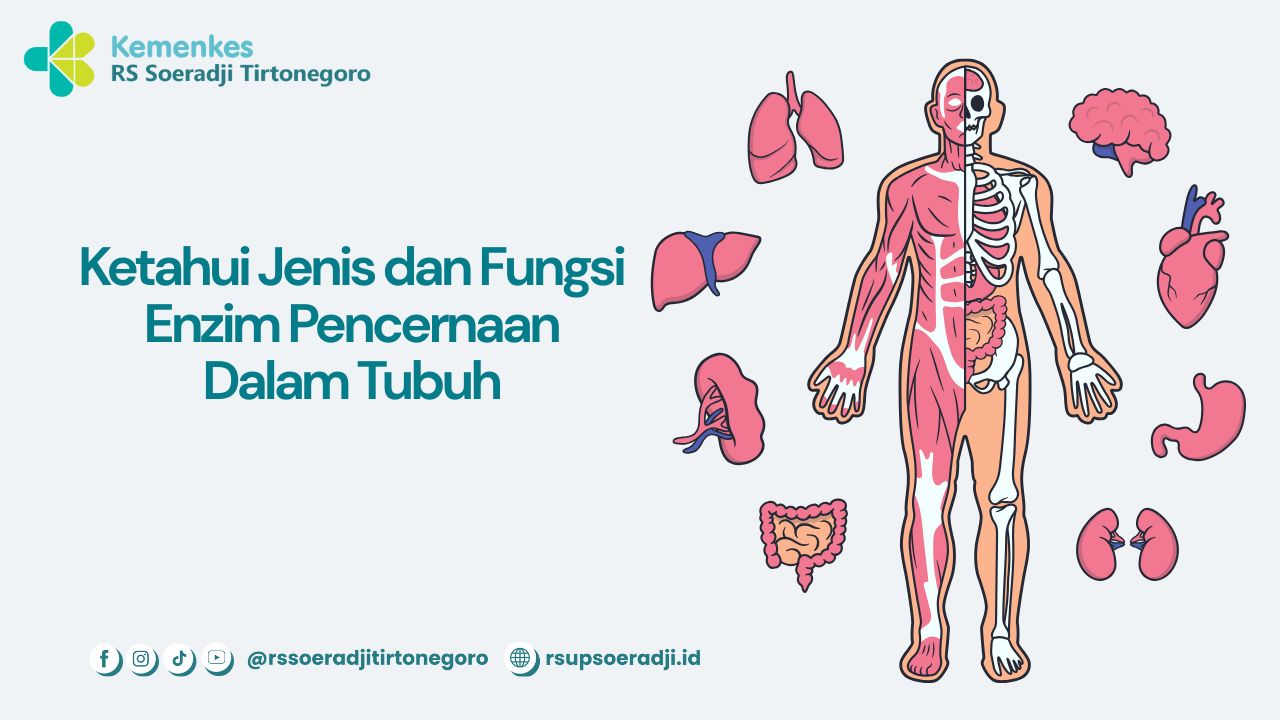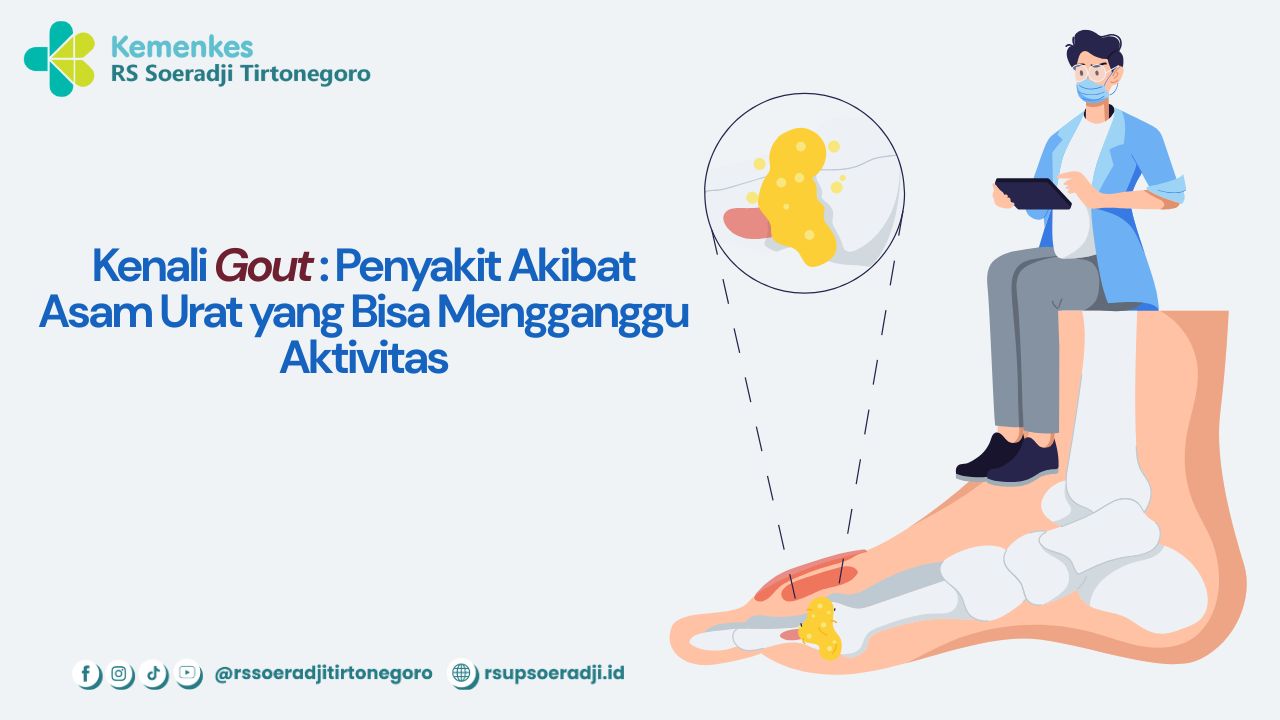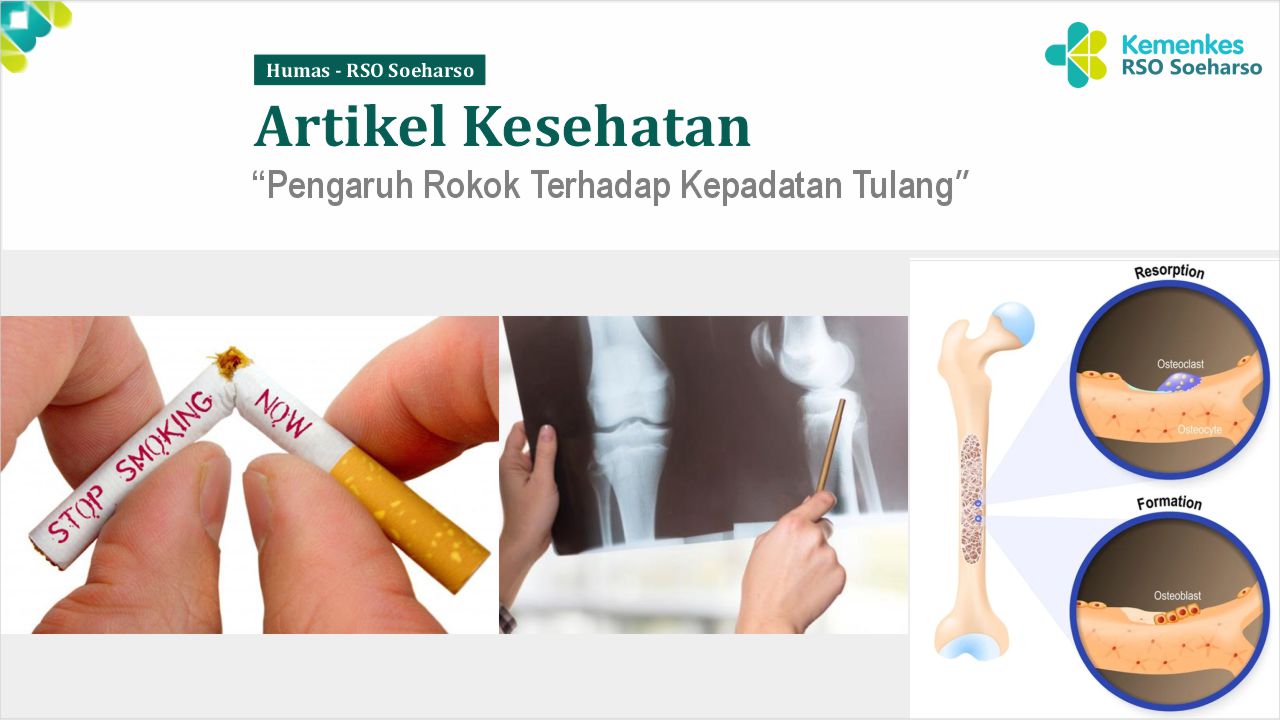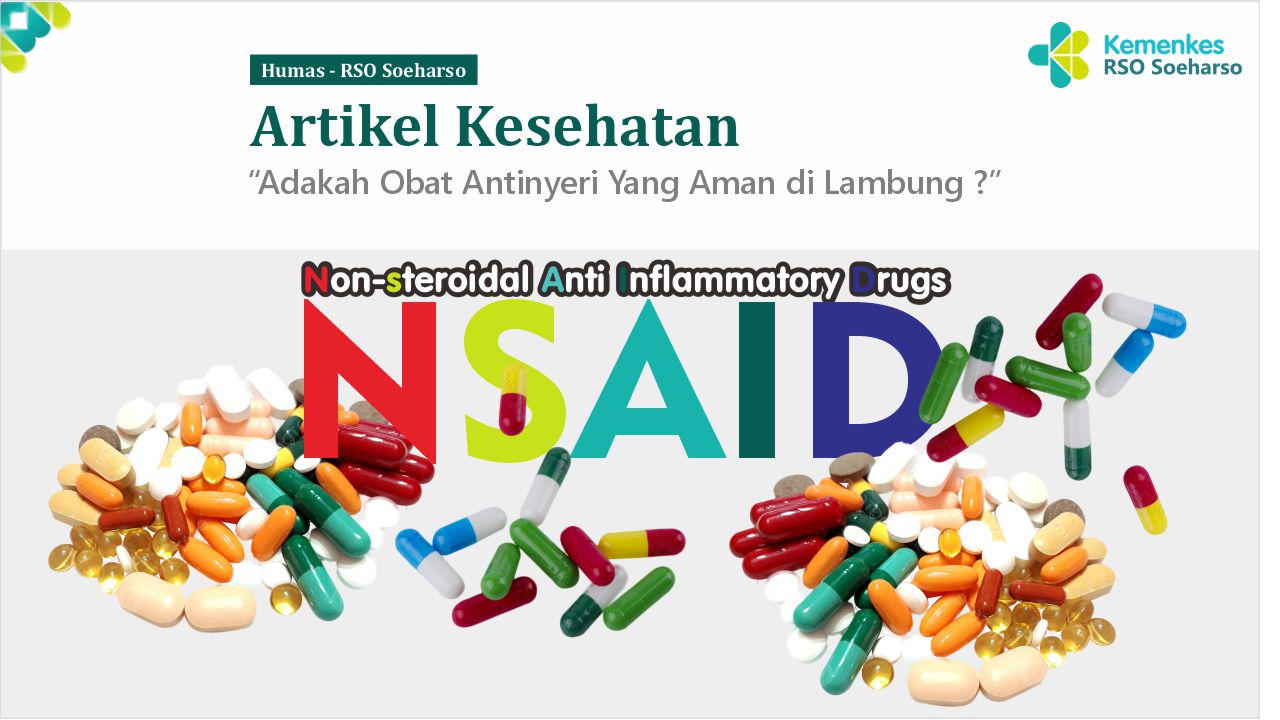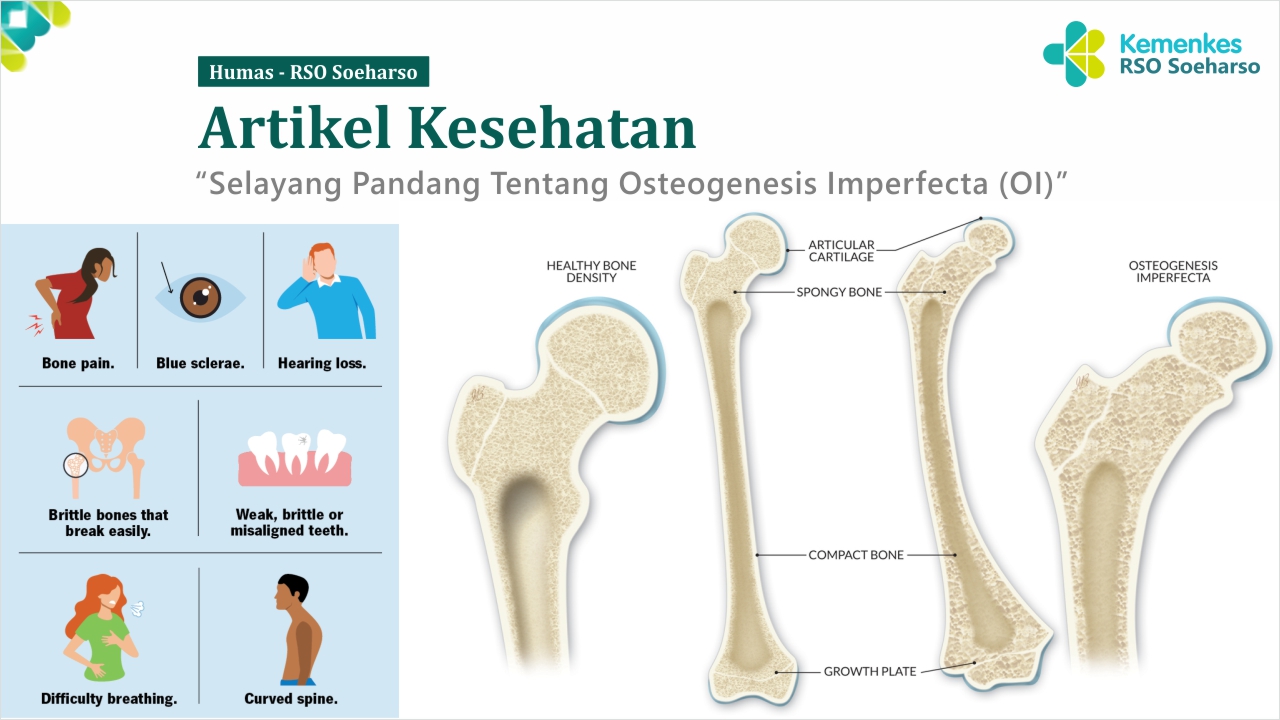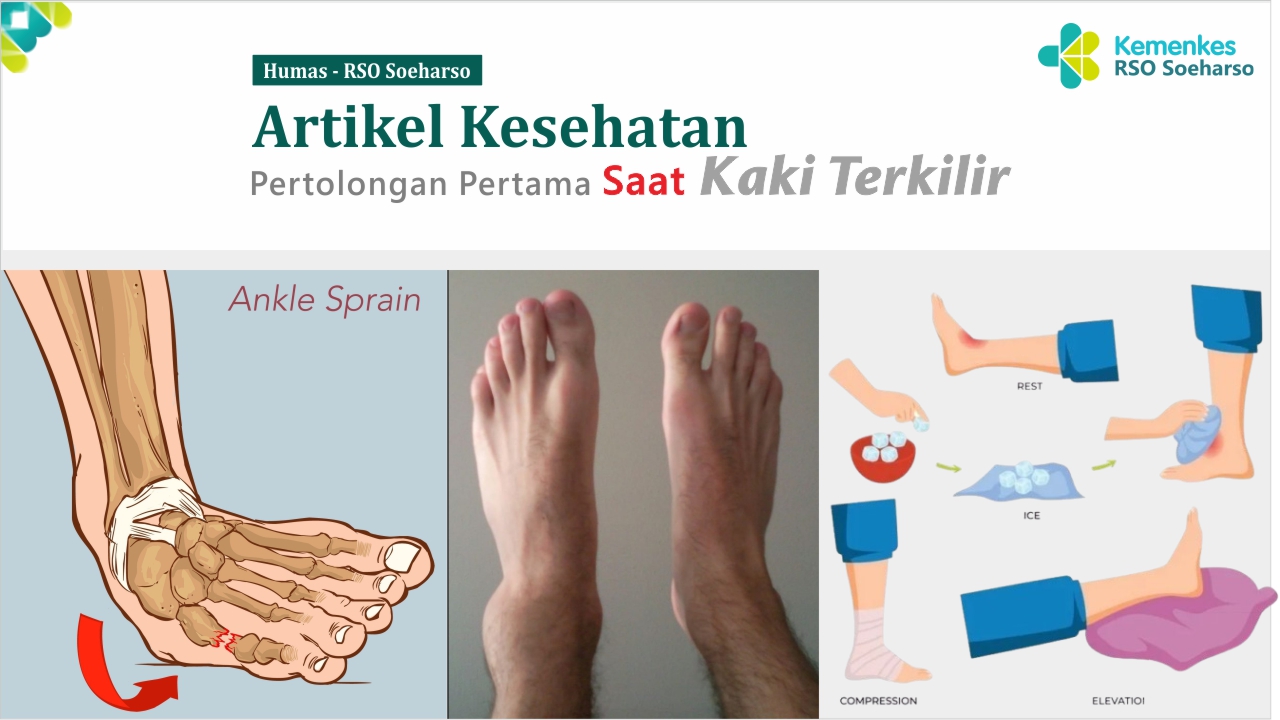Kacang Badam dalam Mencegah penyakit Jantung
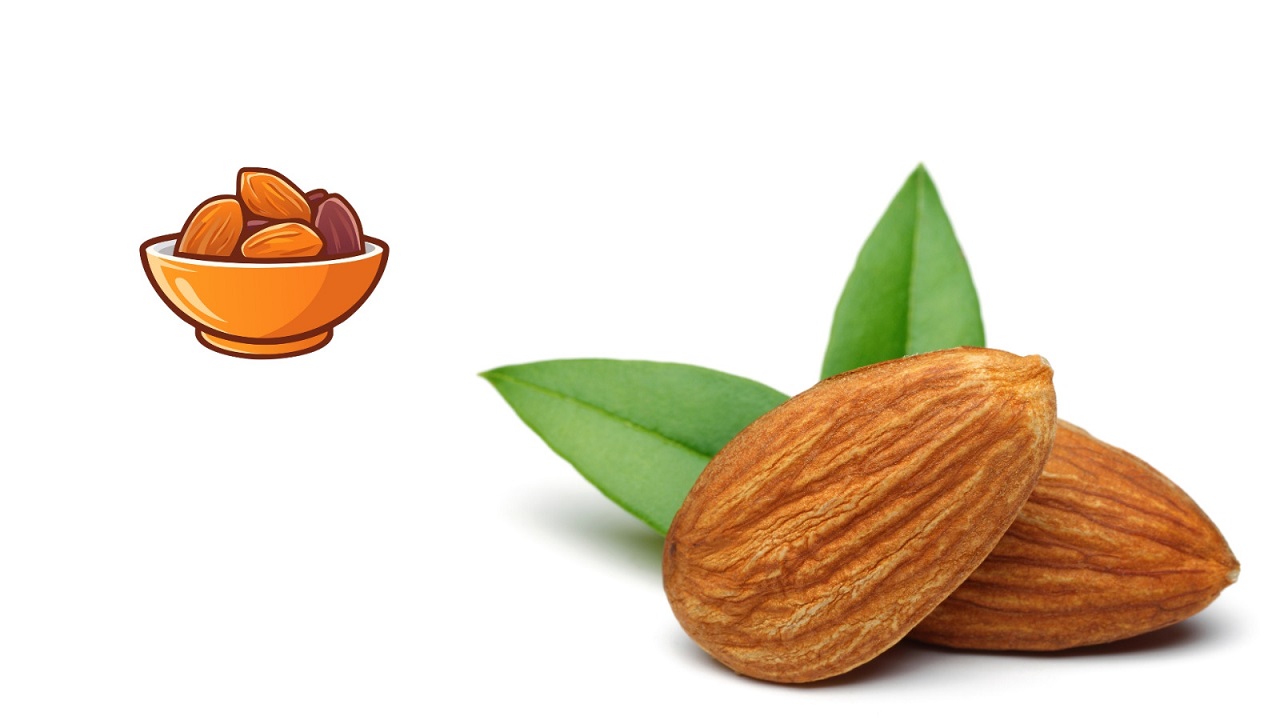
Sering kita jumpai akhir-akhir ini berbagai produk olahan dari kacang badam, atau mungkin kita lebih mengenalnya dengan istilah kacang almond atau almon. Berbagai produk mulai dari camilan berbagai rasa sampai susu berbahan dasar kacang badam kian dijual di pasar swalayan. Di antara berbagai jenis kacang-kacangan, kacang badam merupakan yang aling menarik untuk dibahas,karena dikatakan memiliki banyak manfaat, yang diantaranya adalah beberapa kandungan bioaktif di dalamnya yang baik untuk kesehtan Jantun dan pembuluh darah.
Kacang badam berasal dari keluarga prunus, kandungan asam lemak yang sehat, vitamin E dan serat yang tinggi merupakan alasan kacang badam memiliki banyak manfaat bagi kesehatan, termasuk kesehatan jantung dan pembulh darah. Kacang badam kaya akan sumber asam lemak tak jenuh tunggal/mono polyunsaturated fatty acids (MUFAs) dan asam lemak tak jenuh ganda/polyunsaturated fatty acids (PUFAs). Dalam setiap 100 gram kacang badam, terkandung sekitar 50 gram lemak sehat, yang 40 dari 50 gramnya merupakan asam lemak tak jenuh tunggal dan asam lemak tak jenuh ganda, bersama dengan 4 gram lemak jenuh <!--[if supportFields]>ADDIN CSL_CITATION {"citationItems":[{"id":"ITEM-1","itemData":{"DOI":"10.3390/nu10040468","ISSN":"20726643","PMID":"29641440","abstract":"Several preventive strategies to reduce dyslipidemia have been suggested, of which dietary modification features as an important one. Dyslipidemia is a major risk factor for coronary heart disease and strategies to manage dyslipidemia have been shown to reduce the incidence of cardiovascular disease (CVD). Although there are proven pharmacological therapies to help manage this condition, nutritional interventions are a safer option to help prevent and manage dyslipidemia. Addition of almonds in the daily diet has been proposed to beneficially impact the lipid profile. This review critically examines the available evidence assessing the effect of almonds on dyslipidemia in the South Asian (particularly Indian) context. An extensive review comprised of epidemiological studies, clinical trials, meta-analyses, and systematic reviews was conducted from published literature from across the world. Studies examining the effect of almonds on different aspects of dyslipidemia viz. high low-density lipoprotein-cholesterol (LDL-C), low high-density lipoprotein-cholesterol (HDL-C), triglyceridaemia, and high total cholesterol levels have been included. In several studies, almonds have been shown to reduce LDL-C—which is a known risk factor for CHD—and the effect of almonds has been well documented in systematic reviews and meta-analysis of clinical trials. Addition of almonds in the diet has been shown to not only to reduce LDL-C levels, but also to maintain HDL-C levels. This review provides information about the use of this simple nutritional strategy which may help manage known major risk factors for heart disease, such as high LDL-C and low HDL-C levels especially in the context of South Asians.","author":[{"dropping-particle":"","family":"Kalita","given":"Soumik","non-dropping-particle":"","parse-names":false,"suffix":""},{"dropping-particle":"","family":"Khandelwal","given":"Shweta","non-dropping-particle":"","parse-names":false,"suffix":""},{"dropping-particle":"","family":"Madan","given":"Jagmeet","non-dropping-particle":"","parse-names":false,"suffix":""},{"dropping-particle":"","family":"Pandya","given":"Himanshu","non-dropping-particle":"","parse-names":false,"suffix":""},{"dropping-particle":"","family":"Sesikeran","given":"Boindala","non-dropping-particle":"","parse-names":false,"suffix":""},{"dropping-particle":"","family":"Krishnaswamy","given":"Kamala","non-dropping-particle":"","parse-names":false,"suffix":""}],"container-title":"Nutrients","id":"ITEM-1","issue":"4","issued":{"date-parts":[["2018"]]},"page":"1-10","title":"Almonds and cardiovascular health: A review","type":"article-journal","volume":"10"},"uris":["https://www.mendeley.com/documents/?uuid=ae784d0b-3926-4dd4-bc0d-46f23adbf7bd"]}],"mendeley":{"formattedCitation":"(1)","plainTextFormattedCitation":"(1)","previouslyFormattedCitation":"(1)"},"properties":{"noteIndex":0},"schema":"https://github.com/citation-style-language/schema/raw/master/csl-citation.json"}<![endif]-->(1)<!--[if supportFields]><![endif]-->
Hingga saat ini belum ada penelitian yang yang menyelidiki efek langsung almond dalam mencegah penyakit Jantung dan pembuluh darah,namun suatu penelitian yang dilakukan terhadap populasi di Amerika mendapatkan bahwa Mengkonsumsi 42,5?gram almond per harinya memiliki manfaat untuk mencegah penyakit Jantung dan pembuluh darah dalam jangka pendek dan memiliki potensi untuk mencegah penyakit Jantung dan pembuluh darah dalam jangka panjang.<!--[if supportFields]>ADDIN CSL_CITATION {"citationItems":[{"id":"ITEM-1","itemData":{"DOI":"10.1186/s12889-020-08642-4","ISSN":"14712458","PMID":"32334551","abstract":"Background: Heart disease is the leading cause of death in the United States. The U.S. Food and Drug Administration approved the health claim that 1.5 oz (42.5 g) of nut intake may reduce the risk of cardiovascular disease. Previous studies have focused on the cost-effectiveness of other foods or dietary factors on primary cardiovascular disease prevention, yet not in almond consumption. This study aimed to examine the cost-effectiveness of almond consumption in cardiovascular disease primary prevention. Perspective & Setting: This study assessed the cost-effectiveness of consuming 42.5 g of almond from the U.S. healthcare sector perspective. Methods: A decision model was developed for 42.5 g of almond per day versus no almond consumption and cardiovascular disease in the U.S. population. Parameters in the model were derived from the literature, which included the probabilities of increasing low-density lipoprotein cholesterol, developing acute myocardial infarction and stroke, treating acute myocardial infarction, dying from the disease and surgery, as well as the costs of the disease and procedures in the U.S. population, and the quality-adjusted life years. The cost of almonds was based on the current price in the U.S. market. Sensitivity analyses were conducted for different levels of willingness-to-pay, the probabilistic sensitivity analysis, ten-year risk prevention, different costs of procedures and almond prices, and patients with or without cardiovascular disease. Results: The almond strategy had $363 lower cost and 0.02 higher quality-adjusted life years gain compared to the non-almond strategy in the base-case model. The annual net monetary benefit of almond consumption was $1421 higher per person than no almond consumption, when the willingness to pay threshold was set at $50,000 for annual health care expenditure. Almond was more cost-effective than non-almond in cardiovascular disease prevention in all the sensitivity analyses. Conclusion: Consuming 42.5 g of almonds per day is a cost-effective approach to prevent cardiovascular disease in the short term and potentially in the long term.","author":[{"dropping-particle":"","family":"Wang","given":"Jifan","non-dropping-particle":"","parse-names":false,"suffix":""},{"dropping-particle":"","family":"Lee Bravatti","given":"Michelle A.","non-dropping-particle":"","parse-names":false,"suffix":""},{"dropping-particle":"","family":"Johnson","given":"Elizabeth J.","non-dropping-particle":"","parse-names":false,"suffix":""},{"dropping-particle":"","family":"Raman","given":"Gowri","non-dropping-particle":"","parse-names":false,"suffix":""}],"container-title":"BMC Public Health","id":"ITEM-1","issue":"1","issued":{"date-parts":[["2020"]]},"page":"1-10","publisher":"BMC Public Health","title":"Daily almond consumption in cardiovascular disease prevention via LDL-C change in the U.S. population: A cost-effectiveness analysis","type":"article-journal","volume":"20"},"uris":["https://www.mendeley.com/documents/?uuid=7e48e14a-2d7f-4b27-98de-9abdfcde2415"]}],"mendeley":{"formattedCitation":"(2)","plainTextFormattedCitation":"(2)","previouslyFormattedCitation":"(2)"},"properties":{"noteIndex":0},"schema":"https://github.com/citation-style-language/schema/raw/master/csl-citation.json"}<![endif]-->(2)<!--[if supportFields]><![endif]-->
Mungkin,efek proteksi secara tidak langsung dari kacang badam terhadap Jantung dan pembuluh darah ini sesuai dengan hasil dari beberapa penelitian yang mendapatkan penurunan yang signifikan dalam kadar Kolestrol LDL dengan konsumsi kacang badam. Kolestrol LDL sendiri merupakan kolestrol jahat yang dapat memicu berbagai penyakit Jantung dan pembuluh darah<!--[if supportFields]>ADDIN CSL_CITATION {"citationItems":[{"id":"ITEM-1","itemData":{"DOI":"10.1186/s12889-020-08642-4","ISSN":"14712458","PMID":"32334551","abstract":"Background: Heart disease is the leading cause of death in the United States. The U.S. Food and Drug Administration approved the health claim that 1.5 oz (42.5 g) of nut intake may reduce the risk of cardiovascular disease. Previous studies have focused on the cost-effectiveness of other foods or dietary factors on primary cardiovascular disease prevention, yet not in almond consumption. This study aimed to examine the cost-effectiveness of almond consumption in cardiovascular disease primary prevention. Perspective & Setting: This study assessed the cost-effectiveness of consuming 42.5 g of almond from the U.S. healthcare sector perspective. Methods: A decision model was developed for 42.5 g of almond per day versus no almond consumption and cardiovascular disease in the U.S. population. Parameters in the model were derived from the literature, which included the probabilities of increasing low-density lipoprotein cholesterol, developing acute myocardial infarction and stroke, treating acute myocardial infarction, dying from the disease and surgery, as well as the costs of the disease and procedures in the U.S. population, and the quality-adjusted life years. The cost of almonds was based on the current price in the U.S. market. Sensitivity analyses were conducted for different levels of willingness-to-pay, the probabilistic sensitivity analysis, ten-year risk prevention, different costs of procedures and almond prices, and patients with or without cardiovascular disease. Results: The almond strategy had $363 lower cost and 0.02 higher quality-adjusted life years gain compared to the non-almond strategy in the base-case model. The annual net monetary benefit of almond consumption was $1421 higher per person than no almond consumption, when the willingness to pay threshold was set at $50,000 for annual health care expenditure. Almond was more cost-effective than non-almond in cardiovascular disease prevention in all the sensitivity analyses. Conclusion: Consuming 42.5 g of almonds per day is a cost-effective approach to prevent cardiovascular disease in the short term and potentially in the long term.","author":[{"dropping-particle":"","family":"Wang","given":"Jifan","non-dropping-particle":"","parse-names":false,"suffix":""},{"dropping-particle":"","family":"Lee Bravatti","given":"Michelle A.","non-dropping-particle":"","parse-names":false,"suffix":""},{"dropping-particle":"","family":"Johnson","given":"Elizabeth J.","non-dropping-particle":"","parse-names":false,"suffix":""},{"dropping-particle":"","family":"Raman","given":"Gowri","non-dropping-particle":"","parse-names":false,"suffix":""}],"container-title":"BMC Public Health","id":"ITEM-1","issue":"1","issued":{"date-parts":[["2020"]]},"page":"1-10","publisher":"BMC Public Health","title":"Daily almond consumption in cardiovascular disease prevention via LDL-C change in the U.S. population: A cost-effectiveness analysis","type":"article-journal","volume":"20"},"uris":["https://www.mendeley.com/documents/?uuid=7e48e14a-2d7f-4b27-98de-9abdfcde2415"]}],"mendeley":{"formattedCitation":"(2)","plainTextFormattedCitation":"(2)","previouslyFormattedCitation":"(2)"},"properties":{"noteIndex":0},"schema":"https://github.com/citation-style-language/schema/raw/master/csl-citation.json"}<![endif]-->(2)<!--[if supportFields]><![endif]--><!--[if supportFields]>ADDIN CSL_CITATION {"citationItems":[{"id":"ITEM-1","itemData":{"DOI":"10.3390/nu10040468","ISSN":"20726643","PMID":"29641440","abstract":"Several preventive strategies to reduce dyslipidemia have been suggested, of which dietary modification features as an important one. Dyslipidemia is a major risk factor for coronary heart disease and strategies to manage dyslipidemia have been shown to reduce the incidence of cardiovascular disease (CVD). Although there are proven pharmacological therapies to help manage this condition, nutritional interventions are a safer option to help prevent and manage dyslipidemia. Addition of almonds in the daily diet has been proposed to beneficially impact the lipid profile. This review critically examines the available evidence assessing the effect of almonds on dyslipidemia in the South Asian (particularly Indian) context. An extensive review comprised of epidemiological studies, clinical trials, meta-analyses, and systematic reviews was conducted from published literature from across the world. Studies examining the effect of almonds on different aspects of dyslipidemia viz. high low-density lipoprotein-cholesterol (LDL-C), low high-density lipoprotein-cholesterol (HDL-C), triglyceridaemia, and high total cholesterol levels have been included. In several studies, almonds have been shown to reduce LDL-C—which is a known risk factor for CHD—and the effect of almonds has been well documented in systematic reviews and meta-analysis of clinical trials. Addition of almonds in the diet has been shown to not only to reduce LDL-C levels, but also to maintain HDL-C levels. This review provides information about the use of this simple nutritional strategy which may help manage known major risk factors for heart disease, such as high LDL-C and low HDL-C levels especially in the context of South Asians.","author":[{"dropping-particle":"","family":"Kalita","given":"Soumik","non-dropping-particle":"","parse-names":false,"suffix":""},{"dropping-particle":"","family":"Khandelwal","given":"Shweta","non-dropping-particle":"","parse-names":false,"suffix":""},{"dropping-particle":"","family":"Madan","given":"Jagmeet","non-dropping-particle":"","parse-names":false,"suffix":""},{"dropping-particle":"","family":"Pandya","given":"Himanshu","non-dropping-particle":"","parse-names":false,"suffix":""},{"dropping-particle":"","family":"Sesikeran","given":"Boindala","non-dropping-particle":"","parse-names":false,"suffix":""},{"dropping-particle":"","family":"Krishnaswamy","given":"Kamala","non-dropping-particle":"","parse-names":false,"suffix":""}],"container-title":"Nutrients","id":"ITEM-1","issue":"4","issued":{"date-parts":[["2018"]]},"page":"1-10","title":"Almonds and cardiovascular health: A review","type":"article-journal","volume":"10"},"uris":["https://www.mendeley.com/documents/?uuid=ae784d0b-3926-4dd4-bc0d-46f23adbf7bd"]}],"mendeley":{"formattedCitation":"(1)","plainTextFormattedCitation":"(1)","previouslyFormattedCitation":"(1)"},"properties":{"noteIndex":0},"schema":"https://github.com/citation-style-language/schema/raw/master/csl-citation.json"}<![endif]-->(1)<!--[if supportFields]><![endif]-->
-----------------------------------------------------------------------------------------------------------------------------------------------------------------
Sumber Referensi
Kalita S, Khandelwal S, Madan J, Pandya H, Sesikeran B, Krishnaswamy K. Almonds and cardiovascular health: A review. Nutrients. 2018;10(4):1–10.
Wang J, Lee Bravatti MA, Johnson EJ, Raman G. Daily almond consumption in cardiovascular disease prevention via LDL-C change in the U.S. population: A cost-effectiveness analysis. BMC Public Health. 2020;20(1):1–10.
<!--[if supportFields]><![endif]--> Sumber gambar : canva.com
